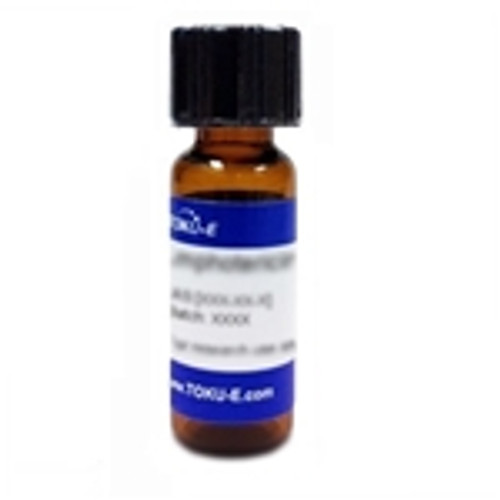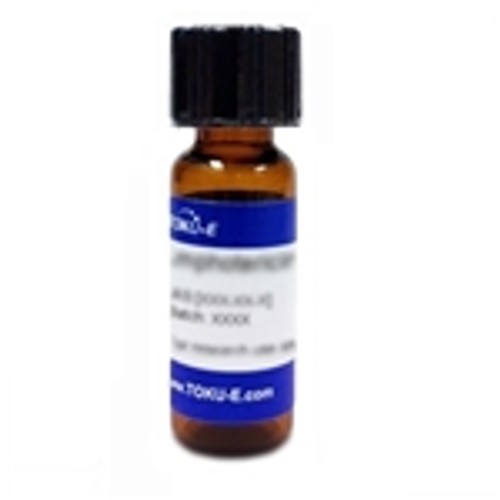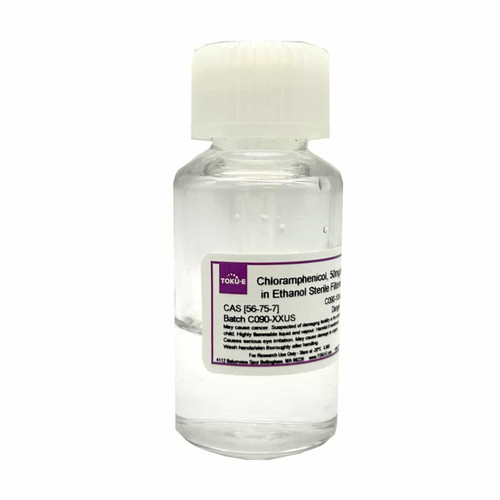Chloramphenicol, USP is a broad-spectrum bacteriostatic antimicrobial that inhibits bacterial protein synthesis. Originally derived from Streptomyces venezuelae, Chloramphenicol is a synthetic antibiotic that is effective against a wide variety of Gram-positive and Gram-negative bacteria.
Chloramphenicol, USP is soluble in ethanol but sparingly soluble in water.
Chloramphenicol, USP conforms to United States Pharmacopoeia specifications.
We also offer:








